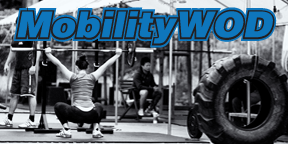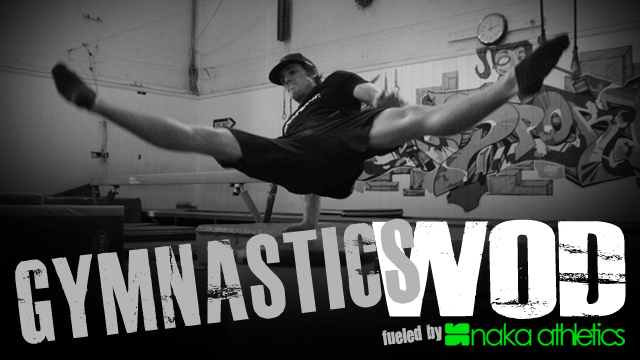14
Dec / 10
The Mystery Damper
Categories: Rowing, Workout of the Day
posted by: ruth
Check our Schedule tab for next week’s holiday class hours!
Ever wonder what that mysterious bar on the side of the rower was for? Does it increase with difficulty as the numbers rise or does it get easier? The answer is that it depends on 1. The WOD, 2. Your strength, 3. Your form, 4. Your metabolic capacity, etc. Think of those numbers as gears on a bike. You wouldn’t use the same gears riding on Franklin Av as you would on Sierra, would you (those who ran the Intrepid 5k would get this)? Just as you wouldn’t use the same damper for a 2k row as you would for a 500m sprint or for a Tabata row.
CrossFit Endurance posted a really comprehensive article about the damper setting and drag factor and how it applies to your WOD. Here’s an excerpt:
Back in 2003, there was an epic battle in the mountain stages of the Tour de France between Jan Ullrich, a big, strong (in cycling terms) German dude, and Lance Armstrong, who was a smaller, leaner athlete with the Vo2 max of a champion thoroughbred race horse. They battled up the mountain at very different gears – Ullrich was in a high, hard gear tapping into his leg strength and Armstrong was in a low, easy gear which allowed him to spin at a very rapid cadence and use his cardiovascular strength.
Finding your optimal drag factor on the erg is similar to finding your optimal, most effective gear on the bike. In the Crossfit world, there are some people with beast strength and little to no stamina/endurance, also people with a ton of stamina/endurance but little strength, and then we have those rare freak athletes who are good at everything. To achieve the most effective results on the erg you must play to your own body’s strengths. So, are you a Lance or an Ullrich?
For the Lance’s out there:
Between 110-130 Drag Factor
For the Ullrich’s:
Between 120-140 Drag FactorI’ve given you quite the range, but consider: would you use the same gear going up a mountain as you would in a time trial? No! And you shouldn’t use the same drag factor for a time trial/tempo WOD as you would in a short powerful interval WOD. For TT/tempo WOD’s you should be on the lower end of the drag factor spectrum, which means the fan lever on the side of the erg is lower. For short interval WOD’s, you would probably benefit from bumping up your drag factor 5-10 numbers. You increase your drag factor number by raising the fan lever.
Sorry to say, I can’t give you a magical drag factor number that will automatically make your numbers on the erg better. You need to do a little experimenting to find what drag factor feels the most powerful and efficient for you. Keep in mind though that the drag factor affects the feeling of resistance, it does not create the resistance. The resistance is created by effort.
So, in your warm up today, try to determine your drag factor and use it to determine your damper setting for today’s tabata row.
WOD 12.14.10
Snatch Pulls 5×3
Tabata:
Row for Wattage
Double Unders
c/o Good Mornings 5×3


 310.465.6565 |
310.465.6565 |




















3 Responses to “The Mystery Damper”
melissa
December 14, 2010 at 9:46 AM
another workout that i wanna do but won’t be able to make it for. crabbytown, population: me.
Alia
December 14, 2010 at 12:23 PM
I super heart this post. I think I want to make rowing a good thing for me again. I’ll keep with the hate for running, I also read a CF Journal post about rowing with suggestions on how to play with the damper. Exciting stuff! (or maybe it’s just my sick ass that thinks it’s great)
Pooja
December 14, 2010 at 4:01 PM
i read the wod and thought “yes! i love tabata!” but then i remembered my first tabata workout at intrepid, and quickly remembered “love” was not the emotion i felt. but should be fun! see ya’ll at whatever time i show up!